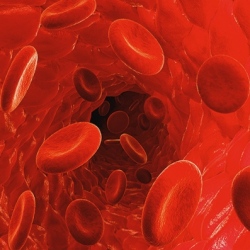
Scientists know that ethanol can kill cancer cells, but limitations held it back from becoming a broadly used treatment. Duke University have developed a new type of ethanol solution that can be injected directly into a variety of tumors to potentially offer a new form of cancer treatment.
Ethanol ablation is a form of cancer therapy where ethanol is injected directly into a tumor. It is currently used only for some types of liver and thyroid cancers and the treatment is notoriously limited because of the need to use large volumes of ethanol that can damage surrounding tissue. This means it is primarily only effective for tumors surrounded by a fibrous capsule that can contain the ethanol.
Researchers at Duke University have overcome these limitations by developing a solution that mixes ethanol with ethyl cellulose. This novel solution turns into a gel when injected into a tumor, allowing it to remain concentrated at the site of injection.
The team studied the effects of the new ethanol treatment in hamsters with induced cheek cancers. A control group was established and its tumors were injected with pure ethanol. Positive results were identified only when large volumes of ethanol were used, and even then only four of 12 treated tumors regressed completely after eight days.
The ethanol gel group, on the other hand, displayed rather extraordinary results. After eight days all seven tumors treated with the ethanol gel had completely disappeared.
The Duke University team is clear in pointing out this is still just an early proof-of-concept trial with a very small sample size, but the results are encouraging. One of the primary outcomes suggested by the research is an ability to increase cancer treatments offered in the developing world. While this kind of ethanol ablation may be just as effective as tumor removal by surgery, it is significantly easier and cheaper, allowing for simple, non-surgical treatments for those in areas that lack effective medical resources.
The treatment could also prove useful for a variety of other tumors, from some breast cancers to cervical precancerous lesions.
